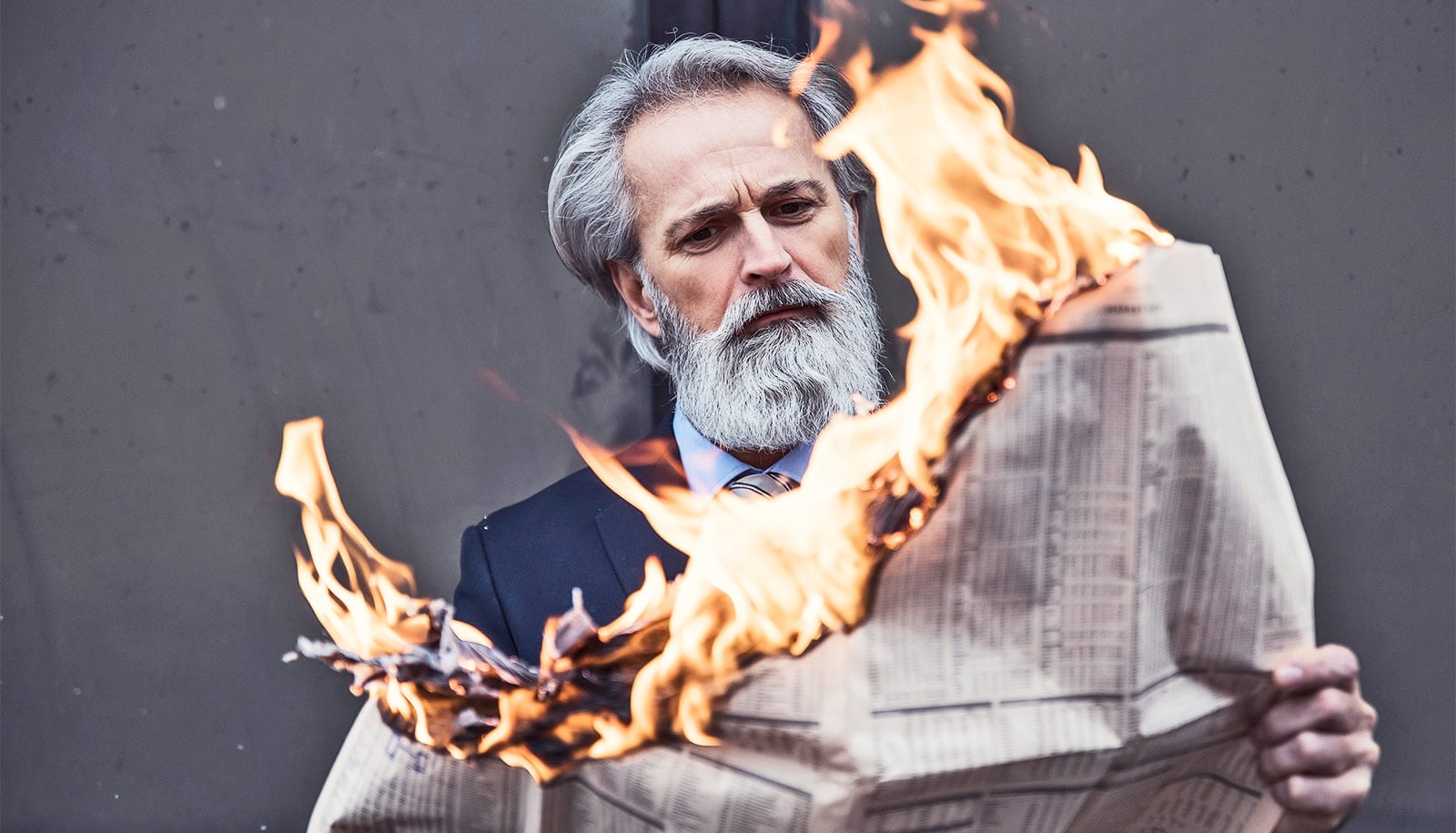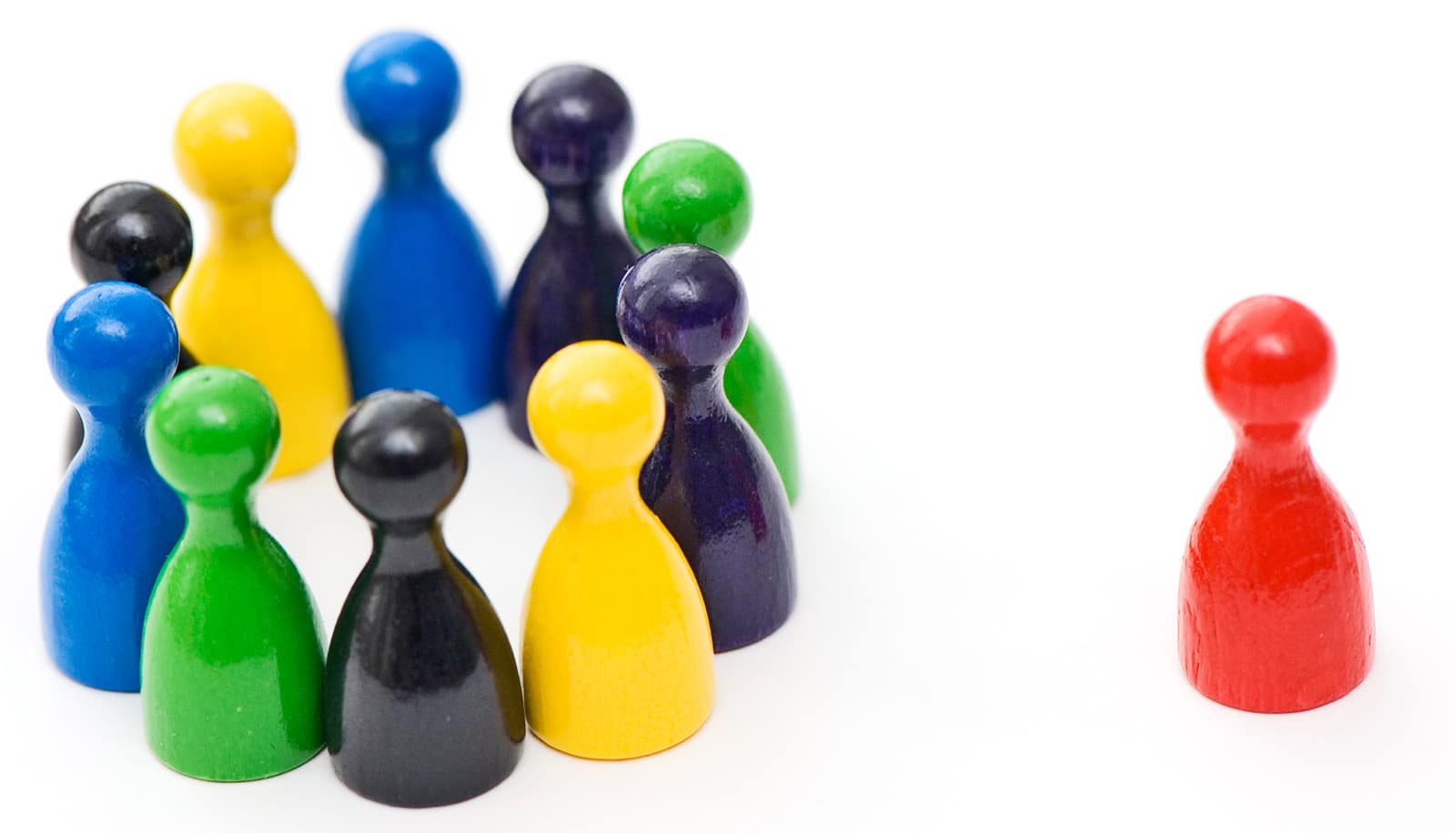Media coverage of public shootings may create and perpetuate a number of racial and mental health stereotypes, new research on news stories about shootings suggests.
For example, past research shows that 54 percent of participants who read a story about a mass shooting believe all people with mental illnesses are dangerous, compared to only 40 percent of participants who did not read the mass shooting story.
The new research finds that media portrayals of public shooters vary based on the race of the shooter, regardless of the circumstances of the shooting.
Cynthia Frisby, an associate professor of strategic communication at the University of Missouri School of Journalism, examined 170 stories about public shootings published in five major national newspapers from 2008-2016. She found four primary adjectives used to describe public shooters: hero, terrorist, thug, and mentally ill. The stories about public shooters included shootings by police officers, those acting in self-defense, and criminal shootings.
Throughout the 170 stories, the word “hero” was used 32 times to describe public shooters, 75 percent of whom were white, while only 16 percent were black, and 9 percent were Hispanic. Frisby also found:
- “terrorist” was used 35 times, describing Muslim shooters 37 percent of the time, black shooters 34 percent of the time, and white shooters 17 percent of the time.
- “thug” was used 57 times in the stories, 53 percent of which described black shooters, 28 percent described Hispanic shooters, and 16 percent described white shooters.
- “mental illness” was used 46 times in the stories, 80 percent of which described white shooters, 16 percent described black shooters, and 4 percent described Muslim shooters.
“It is clear that some measure of implicit bias exists among those writing stories about public shootings,” Frisby says.
Hallucinations rarely precede mass shootings
“Black and Hispanic shooters are more likely to be labeled as thugs, while many white public shooters seem to be given some measure of leniency by attributing their actions to mental illness. This trend not only perpetuates negative racial stereotypes, but also creates damaging stigmas around mental illness, despite the fact that the vast majority of people with mental illness are non-violent,” she says.
Frisby also found that stories about white shooters were much more likely to only include objective facts, such as the time, date, and place of the shooting. However, stories about shooters of color were much more likely to include subjective facts, such as aggravating circumstances that might have caused the shooting.
“News media serve as a powerful mode of communication and have incredible power in influencing public opinion on controversial topics, especially those topics that involve race, gun violence, shootings, killings, and injuring innocent victims,” Frisby says.
Implicit bias shapes our views without us knowing it
“If social change is to occur,” she continues, “media outlets need to start facilitating conversations about race and crime in the 21st century. Hopefully journalists, like all of us, can face their personal biases and understand that words have meaning before making decisions about how to write headlines.”
The study has been accepted for publication in Advances in Journalism and Communication.
Source: University of Missouri



